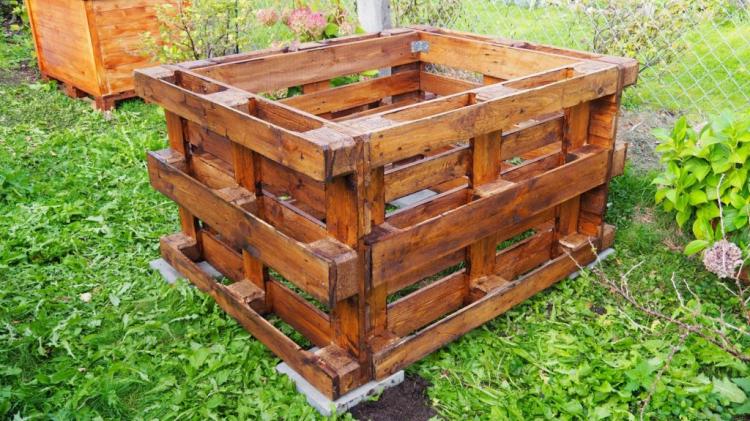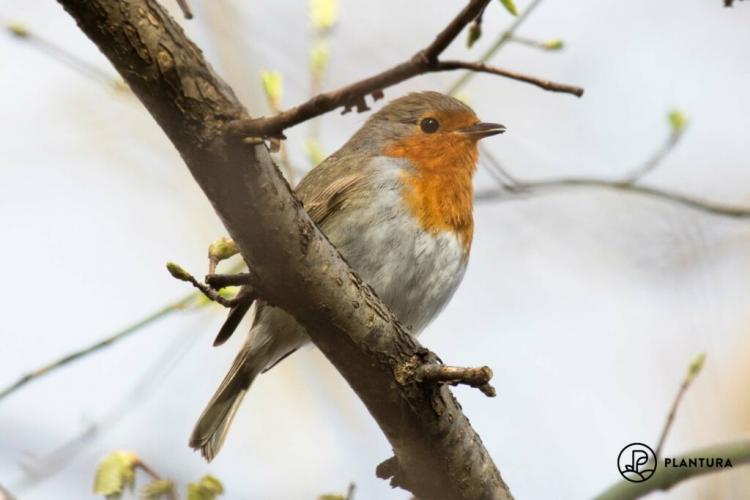Building A Raised Bed: Instructions for Building it Yourself
Whether from pallets, wood or with a kit: There are many ways to build a raised bed yourself. We’ll show you how.
Raised beds come in a wide variety of sizes and shapes and are made from a wide variety of materials. A raised bed is typically made of wood. At the moment, raised beds made of pallets are particularly popular, and raised beds made of stone are also a real eye-catcher. Below you will find building instructions for the most popular materials you can use to build a raised bed yourself.
Build a raised bed yourself: choice of location and basics
Table of Contents
The choice of location is very important for the construction of a raised bed. The subsurface should provide stability for the bed and should therefore not have been freshly filled up. A level location where there are no large tree roots and which is well exposed (possibly even sheltered from the wind) is ideal for a raised bed. You can find further assistance in choosing the right raised bed location in our special article.
You Might Be Interested in How To Layer a Raised Garden Bed
Weed fleece and rabbit wire protect the self-made raised bed
In any case, a rabbit wire that is as close-meshed as possible should be attached to the underside of the raised bed to keep annoying rodents such as voles away. A hand or electric tacker is best for fastening. In the case of beds that are difficult to attach to (such as stone beds), the wire is laid on the ground and the bed is erected over it.

Close-meshed rabbit wire protects the raised bed from voles [Photo: Miriam Doerr Martin Frommherz / Shutterstock.com]
If there are many root weeds (such as bindweed or bindweed, stinging nettle, etc.) near the raised bed location, an additional weed fleece should be attached between rabbit wire (close-meshed) and the contents of the raised bed. This protects against weed growth for at least a few years.
Pond liner in the raised bed: Protection against rotting and rinsing out of soil
The lining of the raised bed is generally a matter of taste. Especially for beds with larger gaps between the boards or stones, a lining with pond liner or thick fleece (for example, weed fleece taken twice) makes sense because it protects against leaking water and soil. When using foil, care should be taken to ensure that it does not contain any plasticizers. The more expensive the material, the more worthwhile a lining, because it naturally protects the wall material from weathering.
Black linings also cause the raised bed to heat up more, which is quite desirable. In the case of wooden materials, the film should be applied in dry weather so that the wood is not damp. The lining is best attached to the upper edge of the raised bed with a hand tacker. If you want to optimally protect the bed from weathering, the film should overlap the edge of the raised bed.

The knobbed film is turned with the knobs towards the wood and thus enables air circulation [Photo: bmf-foto.de/ Shutterstock.com]
When preparing to build a raised bed yourself, the following points must be observed:
- Choose a location that is as bright, level and away from trees as possible
- Line the underside of the raised bed with rabbit wire (close-meshed) and, if necessary, weed fleece to protect against voles and weeds
- Line the side walls with thick fleece or pond liner and thus counteract the rotting of the wooden side walls or the silting out of earth through large gaps
Raised bed made from pallets
Build a raised bed yourself from pallets: construction instructions
To ensure that the raised bed made of pallets is stable, it is advisable to “place” the four raised bed corner posts on concrete or stone slabs (approx. 30 × 30 cm). Their position must be precisely coordinated with the size of the pallets so that there is space for two corner posts of the pallets next to each other. It is best to try out whether the position of the concrete slabs is correct before screwing the pallets together. Use a spirit level to check that the plates are aligned to zero. If necessary, some earth has to be removed or filled up under the plates. When that is done, the four pallets can be attached to each other. To do this, it is best to place two pallets opposite one another, each of them stand on the longer side so that they should be 80 cm high. The tops of the pallets are each facing the other pallet. Now the two remaining pallets, also standing on the longer side and with the top facing inwards, are leaned against the outside of the other two pallets.

A raised bed can easily be built from pallets [Photo: CorinnaL / Shutterstock.com]
When you have a slightly rectangular box in front of you, the pallets can be fastened together. Of course, you can also build a square raised bed from pallets. The pallets are best screwed together with 3 angles per corner. If you want to protect your raised bed from the weather from the outside, you can coat the pallets with wood stain (preferably water-based). The further procedure with rabbit wire, lining and the like has already been described above. The raised bed made of pallets can be visually embellished by attaching boards underneath the spaces on the outside of the pallets and thus creating “flower or herb boxes”, so to speak. The boards don’t have to fit exactly. On the contrary, gaps are ideal for water to run off. These small boxes should definitely be lined with foil, which has to be provided with holes on the underside. In this way the damming up of water, which plants hate, is prevented.
The construction of a raised bed from standard Euro pallets in fast forward (120 x 80 x 14.4 cm):
- If you form a rectangular raised bed from four Euro pallets, this will have dimensions of 120 x 120 cm.
- Four concrete or stone slabs (30 x 30 cm) are to be positioned at the corners so that the corner posts of the pallets can be placed on the stone slabs.
- A spirit level must be used to check whether the panels are level.
- Two pallets are placed on the longer side on the two plates, which are 149 cm apart. The top of the pallets faces the other pallet.
- Two more pallets are leaned against the other pallets from the outside, also with the top of the pallet pointing inwards.
- When a matching box with a height of 80cm results, the pallets are screwed with 3 angles per corner.

The pallet raised bed can now be filled





